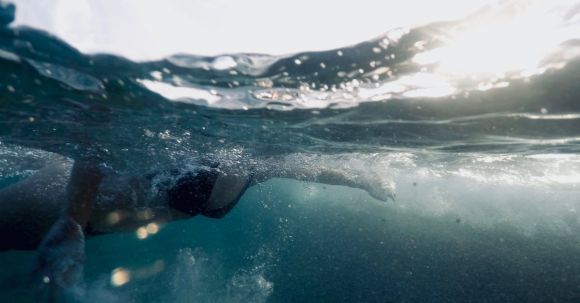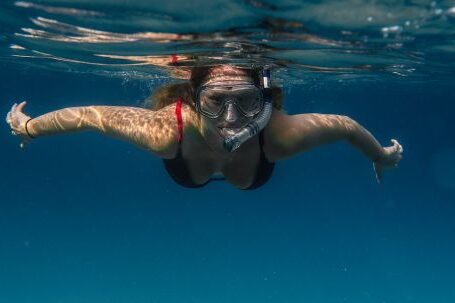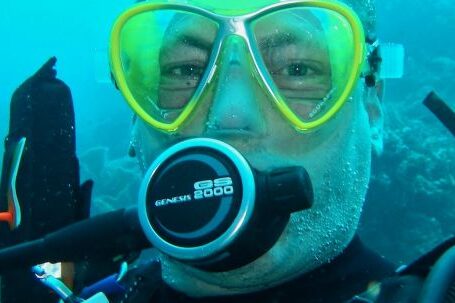Underwater photography can be a challenging yet rewarding hobby. Capturing the beauty of the underwater world requires skill, patience, and the right equipment. However, even experienced photographers can make mistakes that can hinder the quality of their underwater images. In this article, we will discuss some common mistakes in underwater photography and how to avoid them.
1. Poor Composition
Composition is key in any form of photography, and underwater photography is no exception. One common mistake is not paying enough attention to the composition of the shot. To avoid this, take some time to study the subject and the surrounding environment before taking the shot. Look for interesting angles, leading lines, and natural framing elements that can enhance the composition of your image.
2. Incorrect White Balance
Underwater environments can have a significant impact on the color of your images. The water absorbs different colors of light, resulting in a loss of color and contrast. Many photographers forget to adjust the white balance settings on their cameras, resulting in images with a strong blue or green cast. To avoid this, set your camera’s white balance manually or use a custom white balance tool for more accurate colors.
3. Using the Wrong Depth of Field
Another common mistake in underwater photography is using the wrong depth of field. Some photographers use a wide aperture to create a shallow depth of field, resulting in a blurred background and a lack of sharpness in the subject. On the other hand, using a small aperture can lead to a larger depth of field, resulting in a sharper but busy background. To achieve the right balance, experiment with different apertures and focus points to create images with a pleasing depth of field.
4. Ignoring the Importance of Light
Light is crucial in photography, and it becomes even more critical underwater. Many underwater photographers make the mistake of not using artificial lighting or not using it effectively. Without proper lighting, images can appear dull, lack detail, or have uneven exposure. To avoid this, invest in underwater strobes or continuous lights to illuminate your subjects. Experiment with different lighting techniques, such as side lighting or backlighting, to add depth and dimension to your images.
5. Overlooking Post-Processing
Post-processing is an essential part of underwater photography. Many photographers make the mistake of not editing their images or relying too heavily on editing to fix mistakes. While editing can enhance an image, it is important to get the basics right in-camera. Adjusting exposure, white balance, and contrast during post-processing can significantly improve the final result. However, it is crucial to maintain a natural look and avoid over-editing, which can make the image appear unrealistic.
6. Lack of Patience and Practice
Underwater photography is not something that can be mastered overnight. It takes time, patience, and practice to hone your skills and capture stunning images. Many photographers become frustrated and give up too soon. To avoid this, set realistic expectations and allow yourself time to learn and improve. Practice regularly and experiment with different techniques and settings to develop your own unique style.
In conclusion, underwater photography can be a challenging yet rewarding endeavor. By avoiding common mistakes such as poor composition, incorrect white balance, improper depth of field, inadequate lighting, overlooking post-processing, and lack of patience and practice, you can elevate the quality of your underwater images. Remember, each mistake is an opportunity to learn and grow as a photographer. So, get out there, dive in, and capture the wonders of the underwater world!





